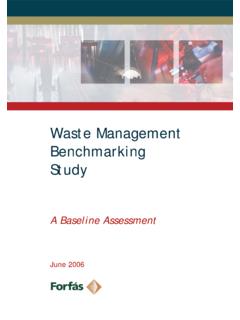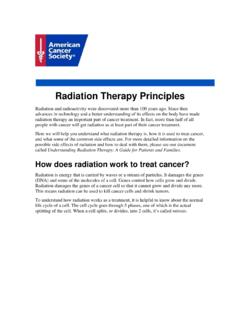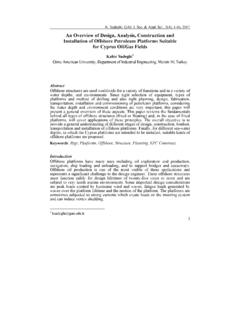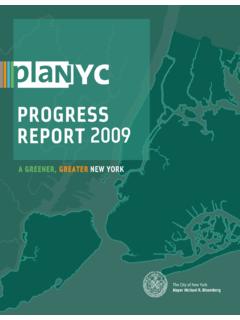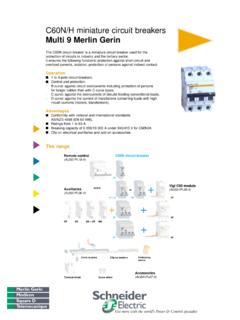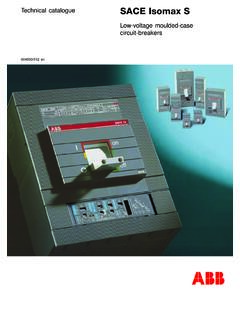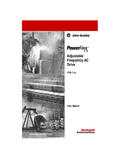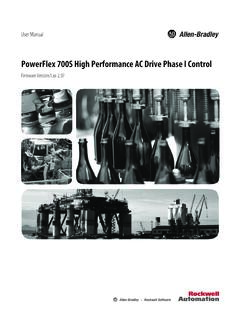Transcription of High Voltage Direct Current (HVDC)Transmission Systems ...
1 1 Presented at Energy Week 2000, Washington, , USA, March 7-8, 2000 high Voltage Direct Current (HVDC)Transmission SystemsTechnology Review PaperRoberto CharpentierRaghuveer SharmaABB Power SystemsWorld BankABB Financial ServicesSwedenUnited StatesSwedenSynopsisBeginning with a brief historical perspective on the development of high Voltage Direct Current (HVDC)transmission Systems , this paper presents an overview of the status of HVDC Systems in the world today. Itthen reviews the underlying technology of HVDC Systems , and discusses the HVDC Systems from adesign, construction, operation and maintenance points of view.
2 The paper then discusses the recentdevelopments in HVDC technologies. The paper also presents an economic and financial comparison ofHVDC system with those of an AC system; and provides a brief review of reference installations of HVDC Systems . The paper concludes with a brief set of guidelines for choosing HVDC Systems in today selectricity system today electricity industry, in view of the liberalisation and increased effects to conserve the environment,HVDC solutions have become more desirable for the following reasons: Environmental advantages Economical (cheapest solution) Asynchronous interconnections Power flow control Added benefits to the transmission (stability, power quality etc.)
3 Historical Perspective on HVDC TransmissionIt has been widely documented in the history of the electricity industry, that the first commercial electricitygenerated (by Thomas Alva Edison) was Direct Current (DC) electrical power. The first electricitytransmission Systems were also Direct Current Systems . However, DC power at low Voltage could not betransmitted over long distances, thus giving rise to high Voltage alternating Current (AC) electrical , with the development of high Voltage valves, it was possible to once again transmit DCpower at high voltages and over long distances, giving rise to HVDC transmission Systems .
4 Someimportant milestones in the development of the DC transmission technology are presented in Box 1: Important Milestones in the Development of HVDC technology Hewitt s mercury-vapour rectifier, which appeared in 1901. Experiments with thyratrons in America and mercury arc valves in Europe before 1940. First commercial HVDC transmission, Gotland 1 in Sweden in 1954. First solid state semiconductor valves in 1970. First microcomputer based control equipment for HVDC in 1979. Highest DC transmission Voltage (+/- 600 kV) in Itaip , Brazil, 1984.
5 First active DC filters for outstanding filtering performance in 1994. First Capacitor Commutated Converter (CCC) in Argentina-Brazil interconnection, 1998 First Voltage Source Converter for transmission in Gotland, Sweden ,1999 HVDC Installations in the world todaySince the first commercial installation in 1954 a huge amount of HVDC transmission Systems have beeninstalled around the world. Figure 1 shows, by region, the different HVDC transmissions around the world.(picture at the end of the document)2 Rationale for Choosing HVDCT here are many different reasons as to why HVDC was chosen in the above projects.
6 A few of the reasonsin selected projects are: In Itaipu, Brazil, HVDC was chosen to supply 50Hz power into a 60 Hz system; and toeconomically transmit large amount of hydro power (6300 MW) over large distances (800km) In Leyte-Luzon Project in Philippines, HVDC was chosen to enable supply of bulkgeothermal power across an island interconnection, and to improve stability to the Manila ACnetwork In Rihand-Delhi Project in India, HVDC was chosen to transmit bulk (thermal) power (1500MW) to Delhi, to ensure: minimum losses, least amount right-of-way, and better stability andcontrol.
7 In Garabi, an independent transmission project (ITP) transferring power from Argentina toBrazil, HVDC back-to-back system was chosen to ensure supply of 50 Hz bulk (1000MW)power to a 60 Hz system under a 20-year power supply contract. In Gotland, Sweden, HVDC was chosen to connect a newly developed wind power site to themain city of Visby, in consideration of the environmental sensitivity of the project area (anarchaeological and tourist area) and improve power quality. In Queensland, Australia, HVDC was chosen in an ITP to interconnect two independent grids(of New South Wales and Queensland) to: enable electricity trading between the two Systems (including change of direction of power flow); ensure very low environmental impact andreduce construction about the above projects are provided elsewhere (under Details of Selected HVDC Applications).
8 The HVDC technologyThe fundamental process that occurs in an HVDC system is the conversion of electrical Current from AC toDC (rectifier) at the transmitting end, and from DC to AC (inverter) at the receiving end. There are threeways of achieving conversion: Natural Commutated Converters. Natural commutated converters are most used in the HVDC Systems as of today. The component that enables this conversion process is the thyristor,which is a controllable semiconductor that can carry very high currents (4000 A) and is ableto block very high voltages (up to 10 kV).
9 By means of connecting the thyristors in series it ispossible to build up a thyristor valve, which is able to operate at very high voltages (severalhundred of kV).The thyristor valve is operated at net frequency (50 hz or 60 hz) and by meansof a control angle it is possible to change the DC Voltage level of the bridge. This ability is theway by which the transmitted power is controlled rapidly and efficiently. Capacitor Commutated Converters (CCC). An improvement in the thyristor-basedcommutation, the CCC concept is characterised by the use of commutation capacitors insertedin series between the converter transformers and the thyristor valves.
10 The commutationcapacitors improve the commutation failure performance of the converters when connected toweak networks. Forced Commutated Converters. This type of converters introduces a spectrum of advantages, feed of passive networks (without generation), independent control of active and reactivepower, power quality. The valves of these converters are built up with semiconductors withthe ability not only to turn-on but also to turn-off. They are known as VSC ( Voltage SourceConverters). Two types of semiconductors are normally used in the Voltage source converters:the GTO (Gate Turn-Off Thyristor) or the IGBT (Insulated Gate Bipolar Transistor).

